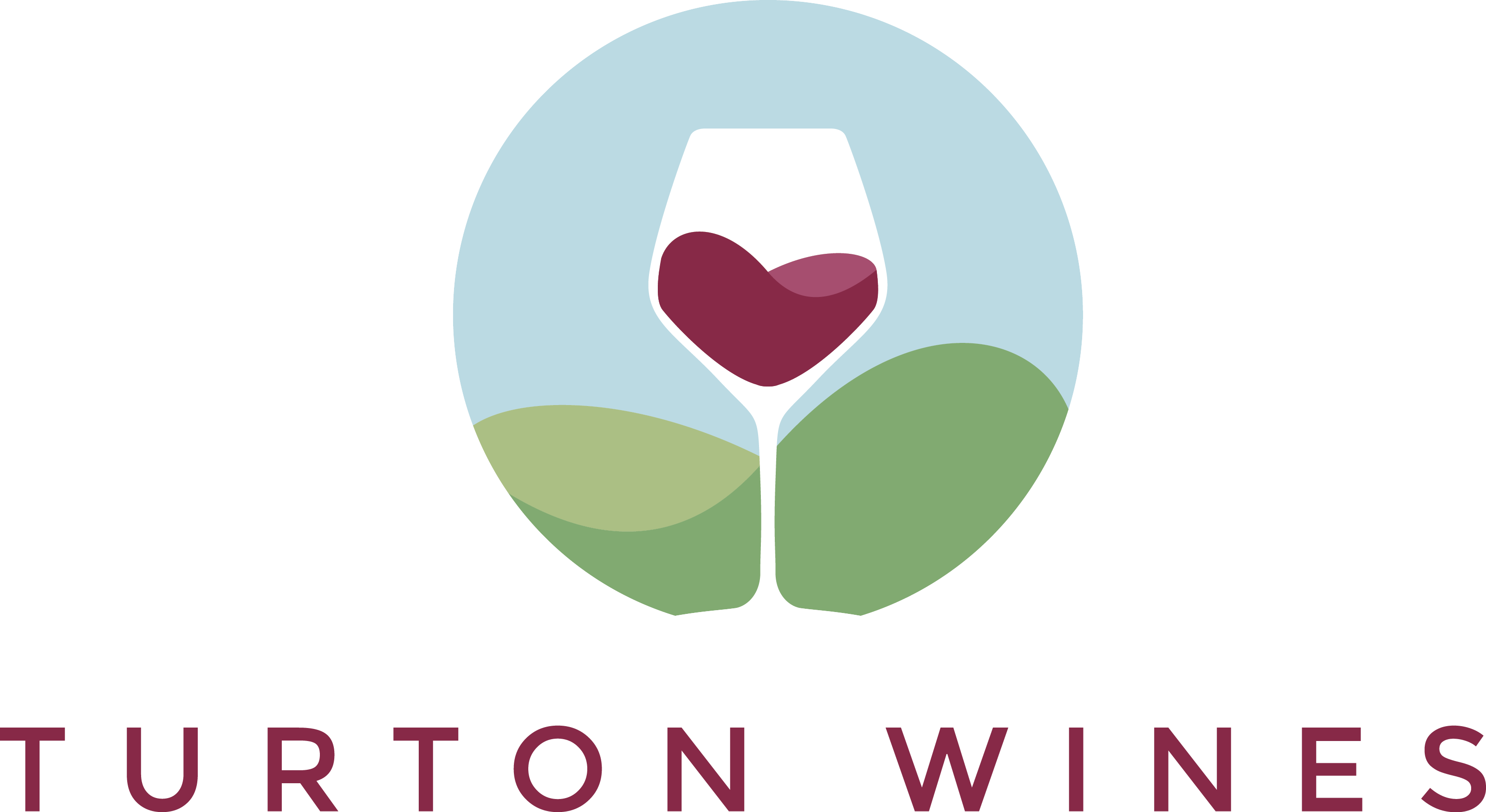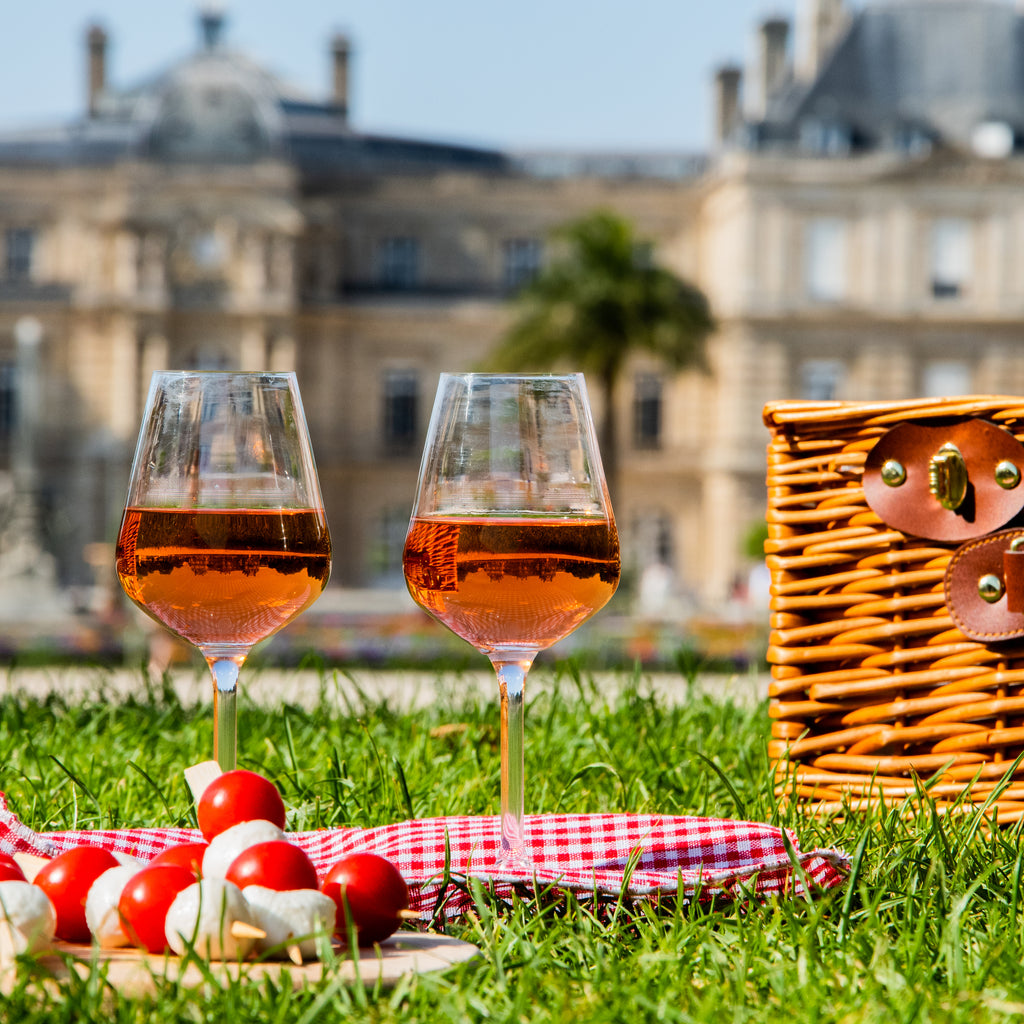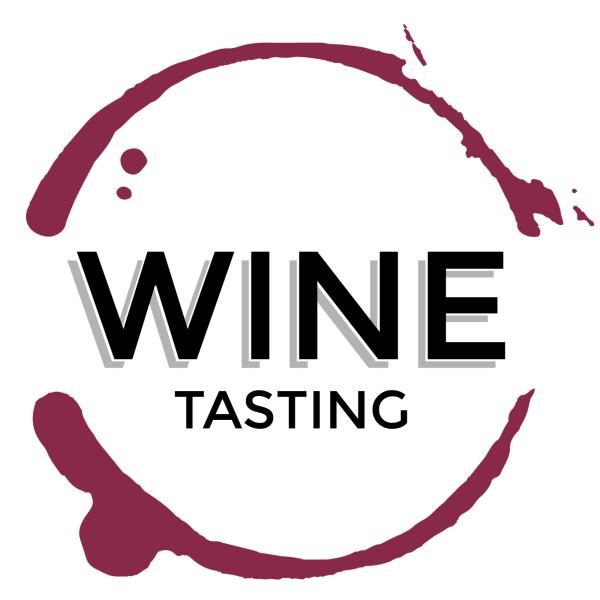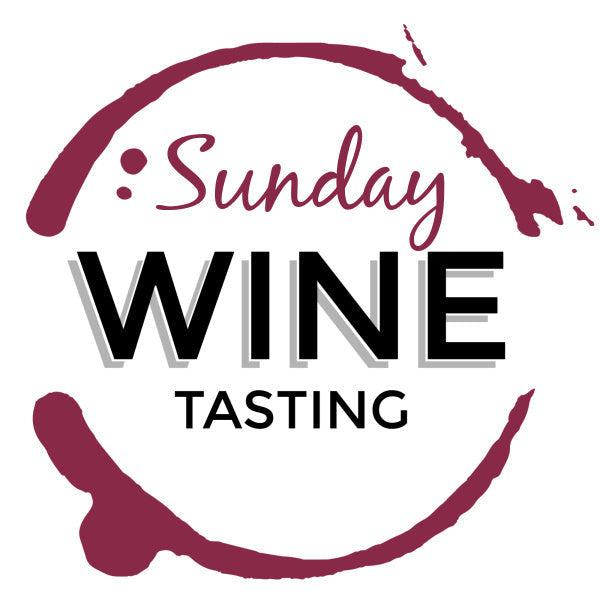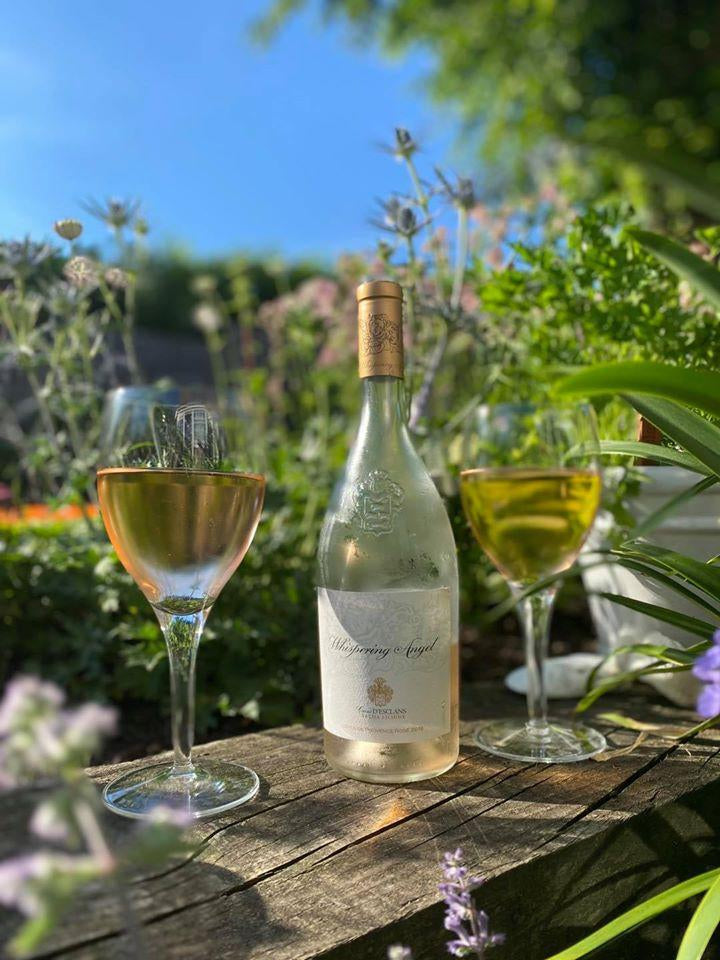
Provence Rose

Provence is the first place that springs to mind for many of us when perusing rose wine, and for very good reason. Delicate yet full of layered complexity, refreshing and highly quaffable, Provence's rose wines have gained international renown with exports across the world tripling in the past decade. We take a look at the winemaking history of this area of Southern France and how its exceptional rose wine fame came about.
Just south of the Alps, Provence has a winemaking history from 600 BC when the Ancient Greeks prevailed. It was the first Roman province founded outside Italy, and following that with the settling of the Gauls, Catalans and Savoyards, the region reaped a wealth of grape varieties and winemaking traditions from across Europe.
Even with the Phylloxera devastation of grapevines across the continent in the late 19th Century, the surge in tourism aided by new transport networks in the 20th Century brought Provencal viticulture back to the fore relatively quickly.
WHY ROSE?
As is common amongst other famed wine regions, rose became the wine of choice in Provence due it being the perfect match for their local cuisine such as bouillabaisse (a fish stew) and aioli (a sauce of garlic and olive oil). The crispness of rose works well with seafood and garlic dishes, as well as being exceedingly refreshing on its own as a compliment to the hot, Mediterranean climes. Today, more than 50% of the wines produced here are rose. The Carignan grape abounds due to its plantings after Phylloxera as a hardy, high-yielding grape used in recovery. Mourvedre is one of the other main grapes planted, with other popular grapes in Provence rose blends being Grenache, Cinsault, Tibouren and more recently Syrah and Cabernet Sauvignon. AOCs within the region have their own guidelines for production of locally authentic, quality wines.
THE PROVENCE PROFILE
Provence has several AOCs (appellation d'origine contrôlée). The largest are Cotes de Provence covering 85 communes in the East/South, and Coteaux d'Aix en Provence which holds 50 communes in the Northwest/West. 80% of wines from Cotes de Provence and 35% from Coteaux d'Aix are rose, making this central to their viticultural landscapes.
The wines closely reflect the soils of their micro-regions, which vary drastically alongside the landscapes of Provence. Coastal areas can hold schist and quartz soils, inland more clay and sandstone. Some vineyards benefit from lots of limestone and its resulting minerality.
Regardless of these differences, Provence rose wines manage to have a famous regional character. This is achieved through the AOC regulations which often ensure certain grapes in the blend and the promotion of the Saignee maceration method in a minimum percentage of the wine The result is typically light pink, almost clear in appearance, dry and crisp rose wines with good acidity, lots of red berry aromas and flavours, soft herbal notes (lavender, rosemary, thyme), zesty citrus elements and sometimes even soft spice. This delicacy must not distract from the layered complexity of Provence rose wines though, with a plethora of changes from aroma to mid palate, to finish.
WE RECOMMEND
The most famed is Whispering Angel which astoundingly accounts for 20% of all rose wine consumed in the US. Chateau d'Esclans who produce this fine wine has an exceptional elevated vineyard site in Cotes de Provence, near Marseille and northwest of the Mediterranean coast. Whispering Angel brings together Cinsault, Grenache, Rolle, Syrah and Tibouren for a wine full of fresh strawberry and a refreshingly long finish. This vineyard holds the title of also selling the most expensive rose wine in the world!
The Coteaux Varois and Cotes de Provence brings us our ever popular Williams Chase rose wine, made with grapes sourced across these two AOCs in 20 hectares of prime vineyards, Aged on lees to attain fuller texture and flavour, this rose shows lots of soft red berries, white peach and a tropical melon on a bone-dry backdrop of savoury Provencal herbs and bounteous freshness.
Our offering from Coteaux d'Aix en Provence is a true collaborative effort. Pierre de Taille (blending Grenache, Syrah and Cabernet Sauvignon) is made by the Co-operative Hostellerie des Vins de Rognes. A co-operative of 65 producers spanning 600 hectares of vineyards across the AOC region, this wine showcases what can be done when working together. Red fruit and subtle citrus bring fruity depth to the delicate palate. Excellent weight and a refreshing finish, this nuanced wine reflects the minerality of the limestone-rich hills around the vollages of Rognes.
